What are the Signs of Iron Deficiency Anemia?
Iron deficiency occurs when you don't have enough iron in your body. Learn what are the signs of iron deficiency anemia and how to prevent it.
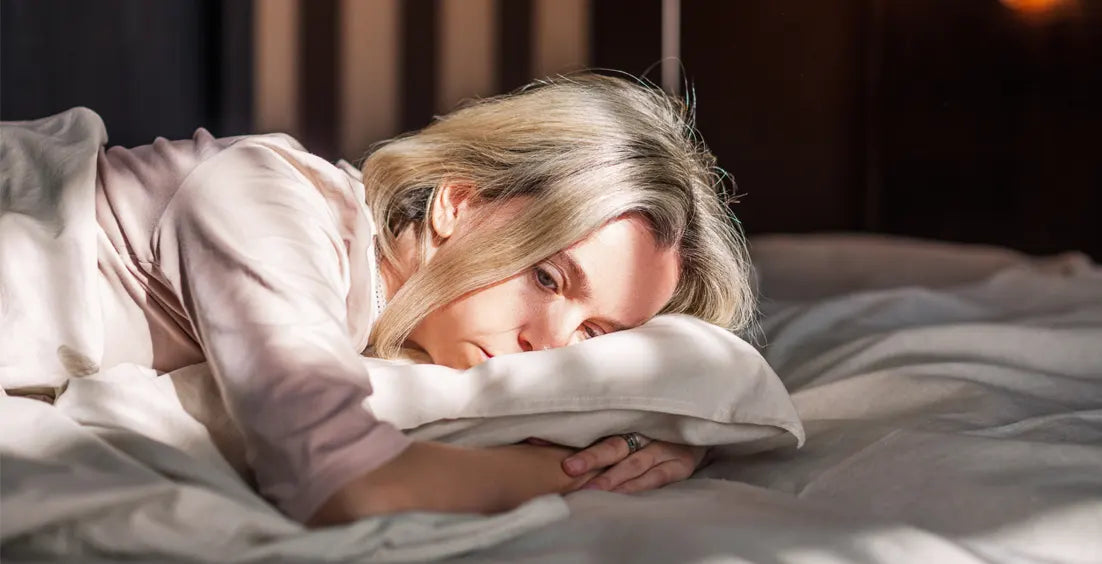
Iron deficiency anemia is a common condition. It occurs when the body lacks enough healthy red blood cells due to low iron levels. Since iron is important for producing hemoglobin, which carries oxygen to the rest of the body, this iron deficiency can impact your overall health.
In this article, we will take the time to explore some of the signs of iron deficiency anemia. We can also look at how it differs from having low iron and some of the steps to take to manage and prevent this condition in the first place.
Key Takeaways
- Iron deficiency anemia occurs when there isn’t enough iron to produce hemoglobin, which impairs the transport of oxygen around the body.
- Signs and symptoms of iron deficiency may include fatigue, shortness of breath, and pallor.
- Women, especially during menstruation and pregnancy, are at a higher risk of developing this condition.
- Early detection and treatment of iron deficiency anemia can improve energy levels and overall health.
What is Iron-Deficiency Anemia?
Iron-deficiency anemia is a condition where the body does not have enough iron to help produce hemoglobin. Hemoglobin is the protein found in red blood cells and is responsible for carrying oxygen throughout the body. Without enough hemoglobin, tissues and organs will not receive the oxygen they need.
Iron is also essential for many processes throughout the body. This means that a deficiency can lead to many health issues including:
- A weakened immune system
- Issues with brain functioning
- Poor physical performance.
While lower iron levels can often lead to fatigue, iron-deficiency anemia occurs when the iron deficiency becomes so bad that it impairs the production of red blood cells. The severity of this condition will vary. Some people have mild symptoms and others may find it hard to complete daily tasks due to lack of energy.
Is Having Low Iron Levels the Same as Having Iron Deficiency Anemia?
While both iron deficiency anemia and low iron levels stem from the shortage of iron in the body, they are not the same thing. Low iron levels, also called iron deficiency, refer to having less iron in the body than needed.
It is possible to have iron deficiency without it impacting red blood cell production much. At this stage, the individual may not experience the classic symptoms of iron deficiency anemia.
Iron deficiency anemia, on the other hand, occurs when the body’s iron stores are depleted so badly that hemoglobin production is affected. According to studies, this can lead to symptoms like fatigue, pale skin, and difficulty breathing.
Iron deficiency is the precursor to anemia, but not everyone with low iron will develop iron-deficiency anemia.
What are the Signs of Iron-Deficiency Anemia?
The signs and symptoms of iron deficiency anemia can range from mild to severe, and some may develop gradually. People with mild anemia may not notice the symptoms immediately, while those with more severe cases might experience many mental and physical health issues. Some common signs of iron deficiency anemia include:
Fatigue and Weakness
One of the hallmark symptoms of iron deficiency anemia is extreme fatigue. While the body lacks enough iron, it struggles to produce hemoglobin. This will lead to a reduced supply of oxygen to the tissues.
As this goes on, it can result in:
- Overwhelming tiredness
- Lack of energy
- The inability to perform daily activities well
Pale Skin and Paleness in the Lower Eyelids
Iron deficiency can cause the skin, especially that around the face, to appear paler than usual. A good way to check this is to simply pull down the lower eyelid. Those who are anemic will notice the inner eyelid is pale or white, rather than a healthy pink color.
Shortness of Breath and Dizziness
Since iron-deficiency anemia reduces the body’s ability to transport oxygen, you may notice a feeling of breathlessness or dizziness. This can happen even when doing some simple tasks. Some people may notice this lightheadedness when standing up quickly.
Cold Hands and Feet
A lack of oxygen in the blood can also affect circulation. This may lead to a sensation of coldness in the hands and feet.
Brittle Nails or Hair Loss
Iron plays a big role in maintaining the strength and health of your nails and hair. Studies show that people with iron deficiency may notice that their nails become:
- Easy to break
- Thin
- Brittle
Hair loss can also occur in those with iron deficiency, especially if they allow the symptoms to go on for a long time.
Pica (Carving for Non-Food Items)
Pica is a condition where individuals with iron deficiency develop an unusual craving for non-food substances. This can include things like starch, chalk, ice, or dirt. This behavior often indicates there is a major iron deficiency that will need medical care to cure.
Headaches and Restlessness
Iron-deficiency anemia can lead to reduced levels of oxygen in the brain. This can cause irritability, frequent headaches, and restlessness, especially after being active.
Increased Heart Rate or Palpitations
When the body struggles to deliver enough oxygen to tissues, the heart works harder to compensate. This can cause irregular or rapid heartbeat, known as palpitations. This can progress to where you may feel them even at rest.
Why is Iron-Deficiency Anemia More Common in Women?
Research show that iron-deficiency anemia is more common in women. There are a few reasons for this including:
- Menstruation: Women of reproductive age are at a higher risk due to blood loss during menstruation. Heavy periods or frequent menstrual cycles can deplete iron stores.
- Pregnancy: During pregnancy, a woman’s body will need more iron to support the growing fetus. If iron intake isn’t high enough, anemia can develop.
- Dietary factors: Women may be more likely to have dietary habits that are low in iron-rich foods.
- Increased iron demands: Women’s bodies may have higher iron demands than men. This can make it harder to maintain optimal iron levels.
ALSO READ - Iron Supplements for Women's Health
How to Prevent Iron-Deficiency Anemia
Preventing iron-deficiency anemia typically involves ensuring that your diet includes plenty of iron. Some tips to help get this done include:
- Eat iron-rich foods: Foods like beans, spinach, fortified cereals, poultry, and red meat will help the body get some of the iron it needs. Get a variety of iron, such as those from plant-based and animal-based sources.
- Pair iron with vitamin C: Vitamin C enhances the absorption of plant-based sources of protein. Pairing foods high in iron with vitamin C-rich foods can help your body absorb it better.
- Avoid iron inhibitors: Certain substances like calcium-rich foods, tea, and coffee can inhibit iron absorption. Try to avoid consuming these in large amounts during meals.
- Take supplements when recommended: If you are at a higher risk of iron deficiency, or you have been diagnosed with it, it is a good idea to talk to your doctor about taking an iron supplement.
When to See a Doctor
If you ever suspect that you have iron deficiency anemia or if you experience any of the common signs of iron deficiency anemia, it is important to visit your doctor. They will order blood tests to determine whether you have anemia and will look at the severity of the issue for you too.
Early detection and treatment are crucial for preventing complications and improving your quality of life. If your symptoms are severe or getting worse, or if you experience dizziness, shortness of breath, or chest pain, seek medical attention right away.
Learn More - Do Multivitamins Have Iron?
Conclusion
Iron-deficiency anemia is a common, yet preventable condition that can lead to a lot of symptoms including shortness of breath, pale skin, and fatigue. By understanding the signs and symptoms of iron deficiency anemia, you can better identify the condition early on and take the necessary steps to handle it.
Women, especially when they are pregnant or menstruating, are more susceptible to developing this condition. Eating a balanced diet with iron, vitamin C, and other nutrients can help prevent this condition and improve overall health. If you suspect that you have symptoms of anemia, it is best to visit your doctor.
About WOWMD Staff
The WOWMD Staff category features a diverse team of writers, each bringing specialized knowledge in areas such as nutrition, fitness, wellness, and more. Articles in this category benefit from insights provided by multiple experts. All content is peer-reviewed and regularly updated to ensure compliance with our editorial standards.
References
- Iron Deficiency and Anemiahttps://pmc.ncbi.nlm.nih.gov/articles/PMC3685880/
- Iron Deficiency:https://pubmed.ncbi.nlm.nih.gov/1764360/
- Pica:https://www.ncbi.nlm.nih.gov/books/NBK532242/
- Iron deficiency in women:https://pubmed.ncbi.nlm.nih.gov/28029503/
Evidence Based Research
This WOWMD content has been reviewed, as well as checked for facts, so as to guarantee the best possible accuracy.
We follow a strict editorial policy, especially related to the sources we use. Our articles are resourced from reputable online pages, with research drawn from academic institutions and peer-reviewed studies. You can click on the numbers in the parentheses (1, 2, etc.) and check out those references.
The feedback form on this page can be used to report content that is not accurate, up-to-date or questionable in any manner.
We do NOT intend for the information presented through our articles to replace the medical relationship with a qualified physician, nor does it represent specialized advice.


 Skin Detoxification Bundle
Skin Detoxification Bundle Complete Weight Loss Bundle
Complete Weight Loss Bundle Heart Care Bundle
Heart Care Bundle Better Immunity Bundle
Better Immunity Bundle  Men's Immunity & Prostate Health Bundle
Men's Immunity & Prostate Health Bundle Stress + Energy + Wellness Combo
Stress + Energy + Wellness Combo  Energy Booster Combo
Energy Booster Combo Natural Skin Care Bundle
Natural Skin Care Bundle Workout Supplements Combo
Workout Supplements Combo Cognitive Health & Vision Combo
Cognitive Health & Vision Combo Joint Health Support Combo
Joint Health Support Combo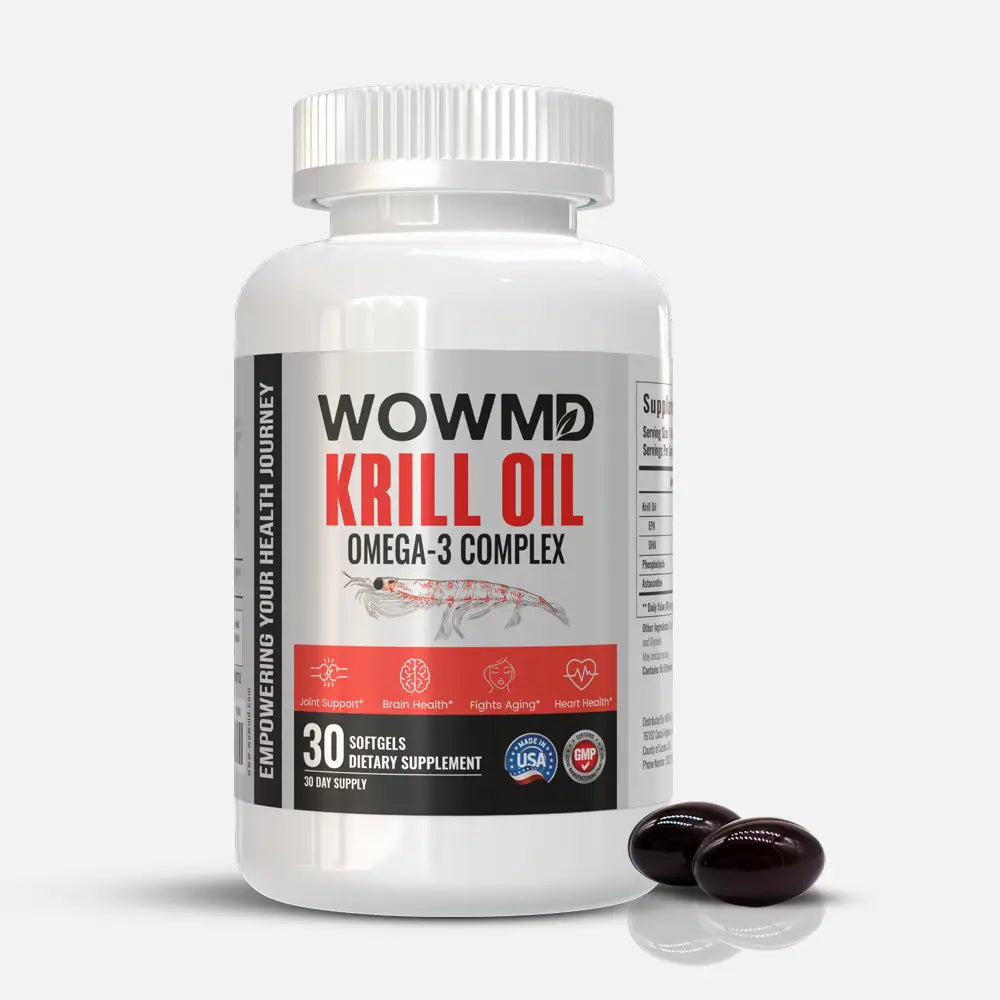
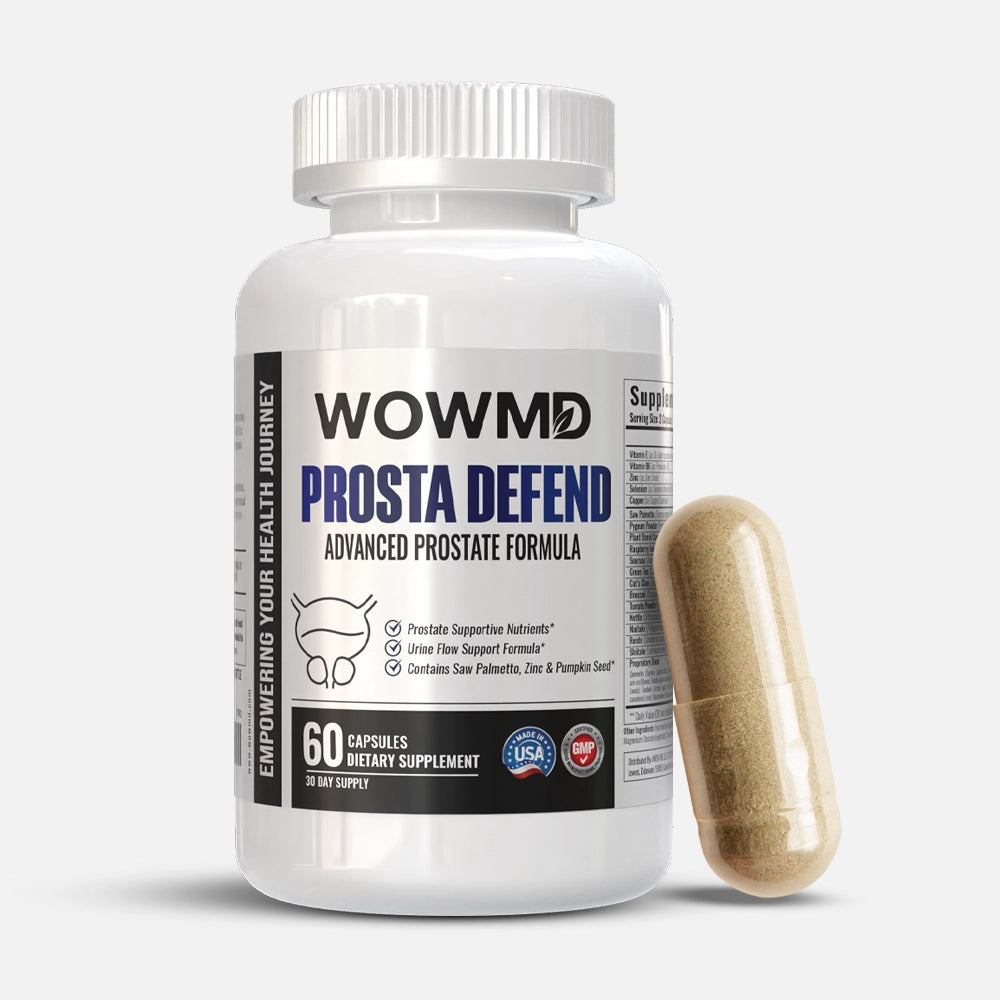

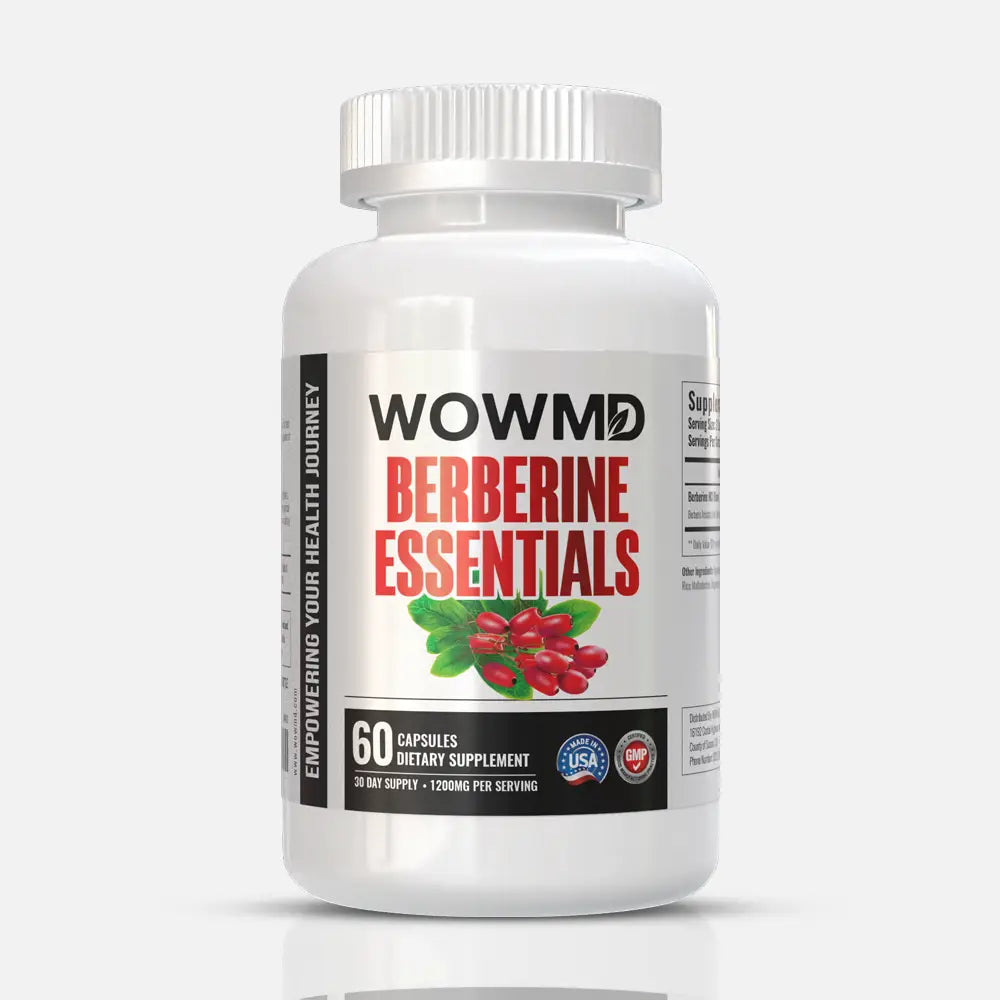
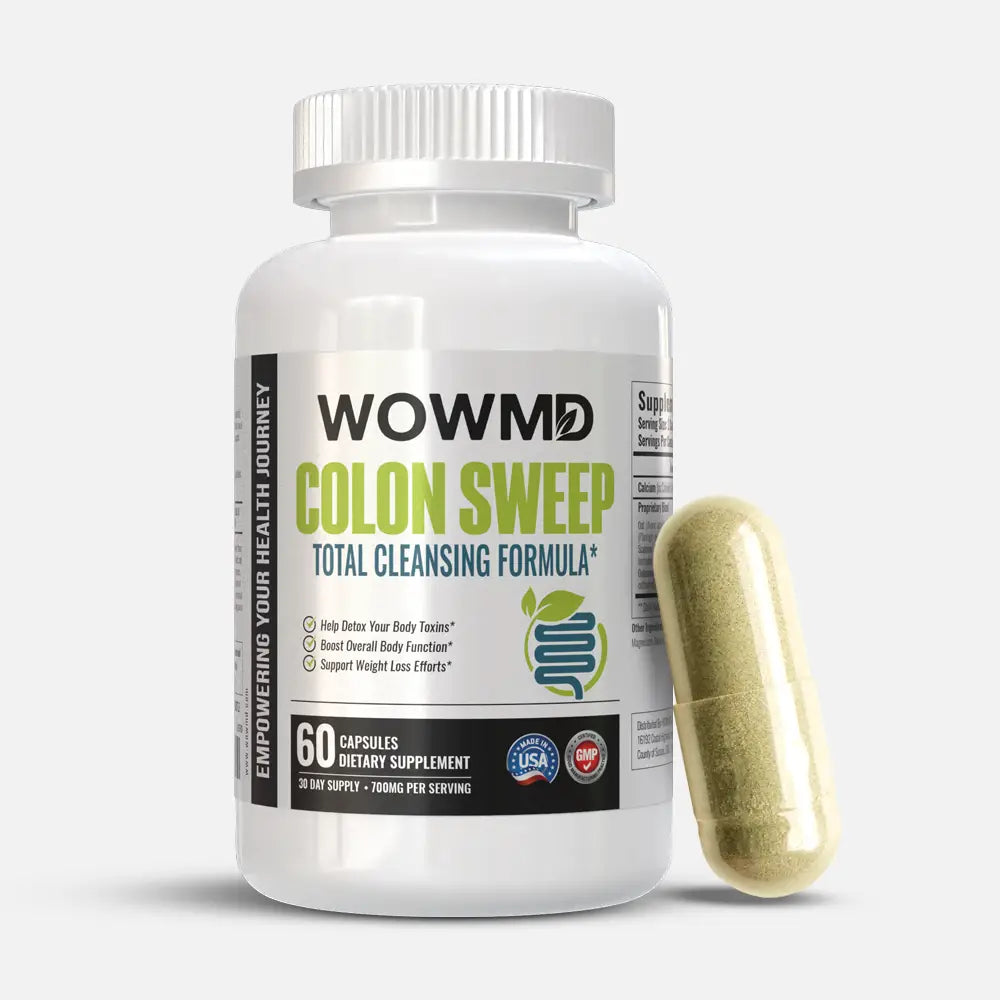
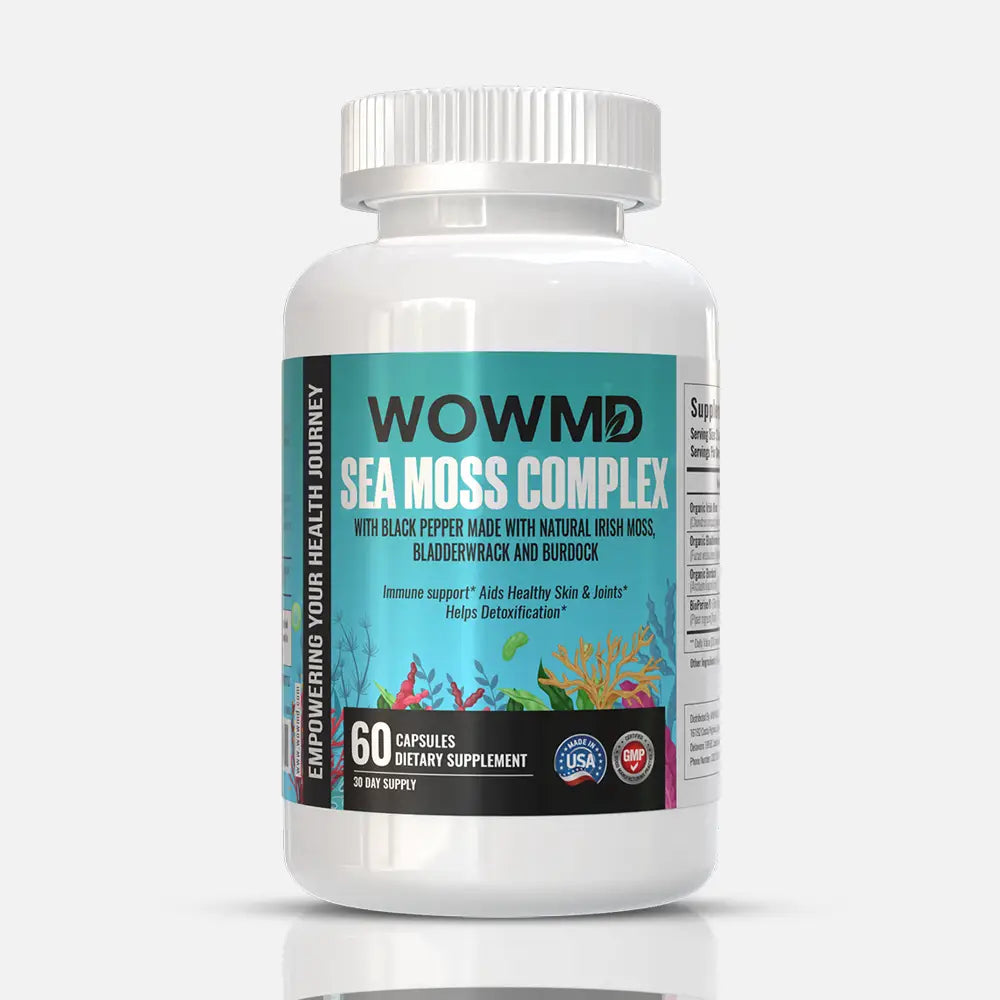

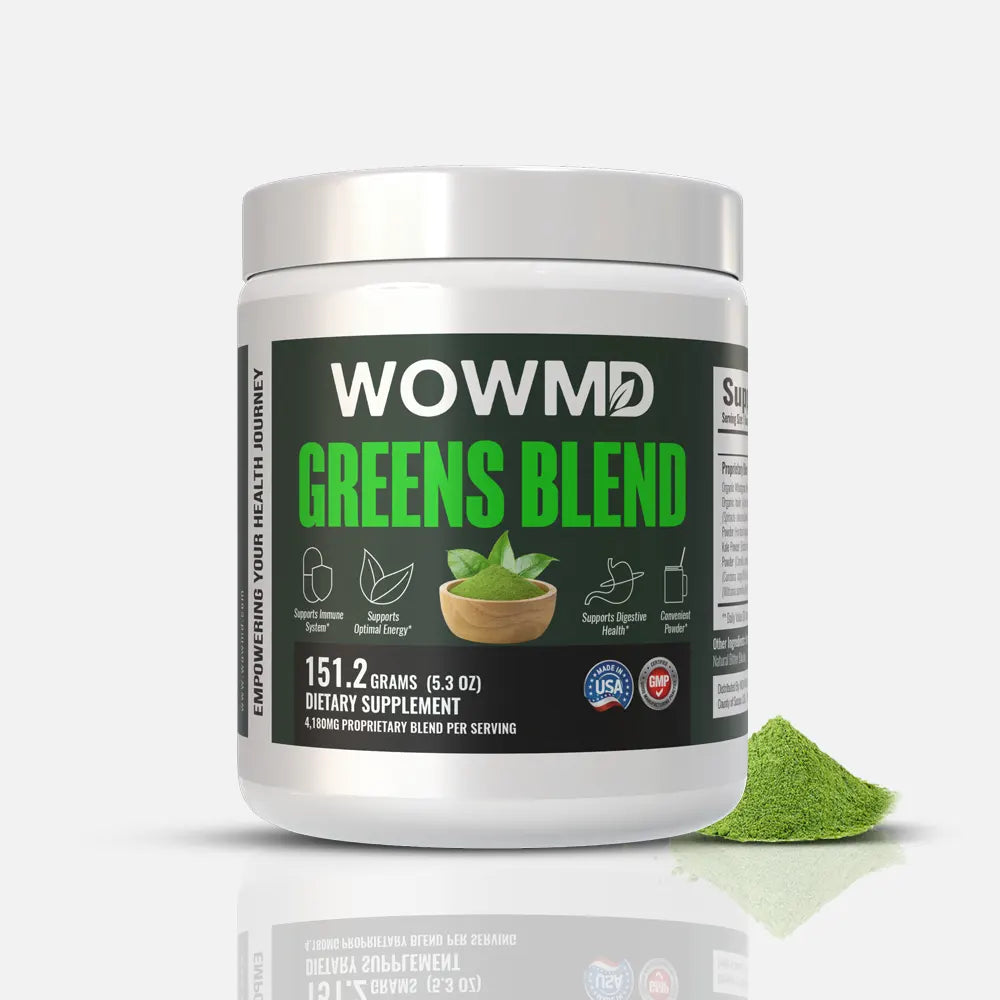
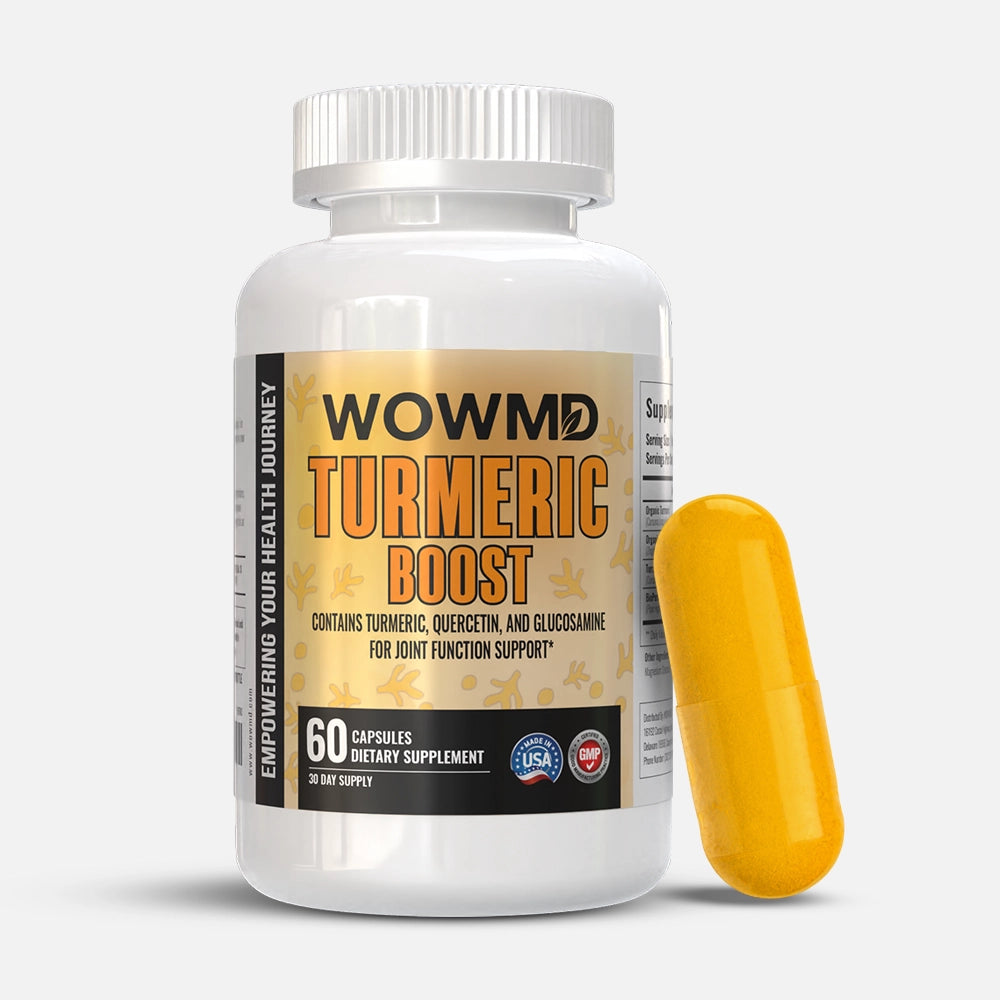









 By WOWMD Staff
By WOWMD Staff